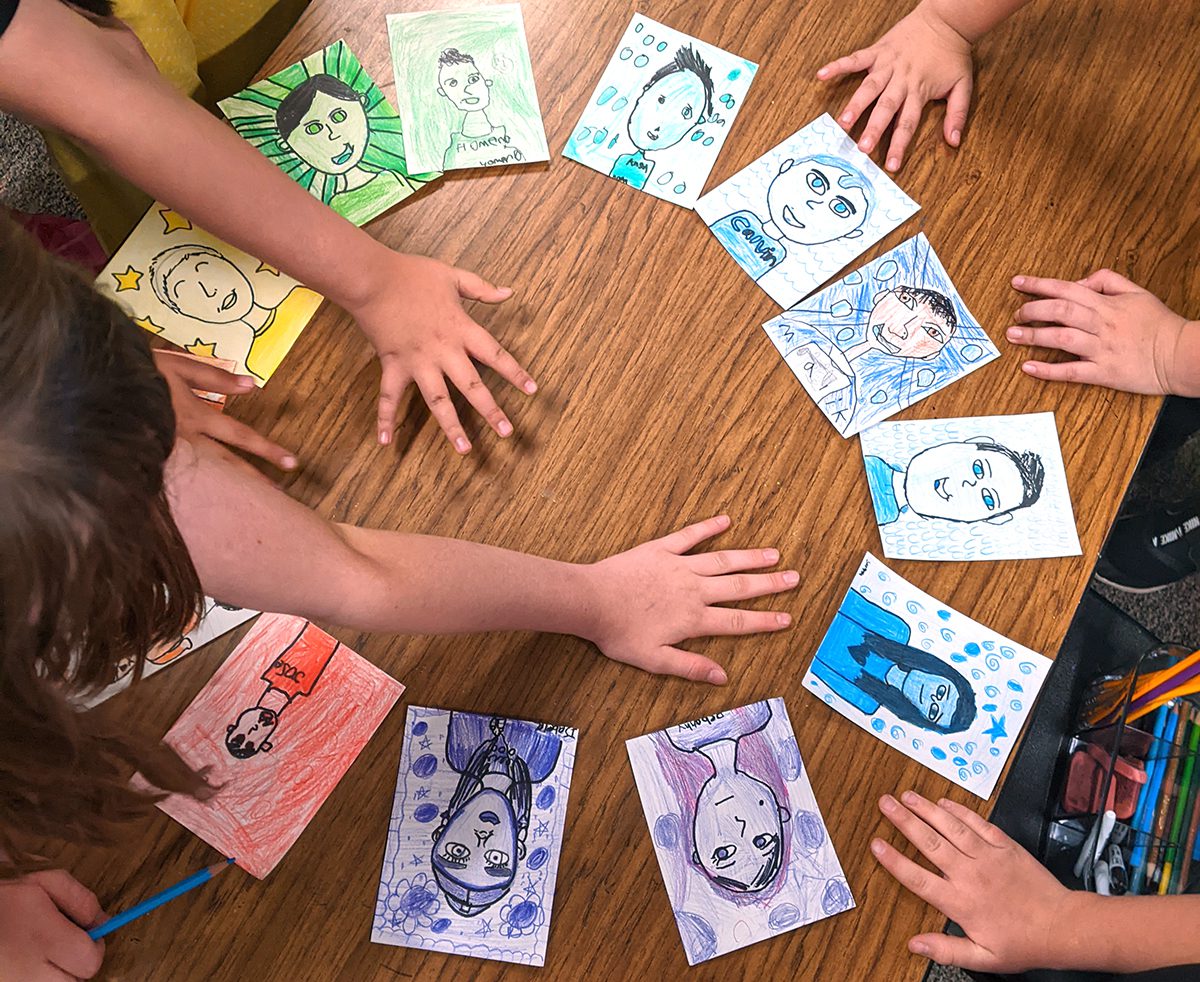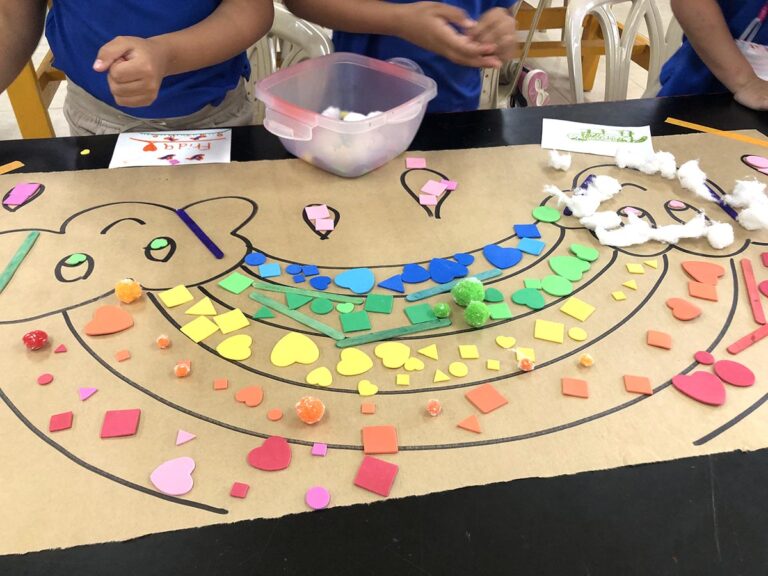It may not be permissible to engage in discussions around a culturally responsive curriculum and classroom at your school. Keep your district regulations, community, and state laws in mind as you craft your lessons and incorporate resources. Be sure to review all resources and preview all artists before sharing them with your students.
As art teachers, we want each student to feel welcome, included, and safe in our art room. We hope our students feel empowered and develop skills like collaboration. Both of these can create more meaningful artwork. Students can also develop an appreciation for groups of people, traditions, cultures, and lands different from their own.
Gloria Ladson-Billings is an American theorist and educator. She coined the term, culturally responsive pedagogy, in the early 1990s. This theory uses the “cultural knowledge, prior experiences, frames of reference and performance styles of ethnically diverse students to make learning encounters more relevant and effective for them.” She advocates that students are more likely to feel like they belong when they see themselves represented in the curriculum.
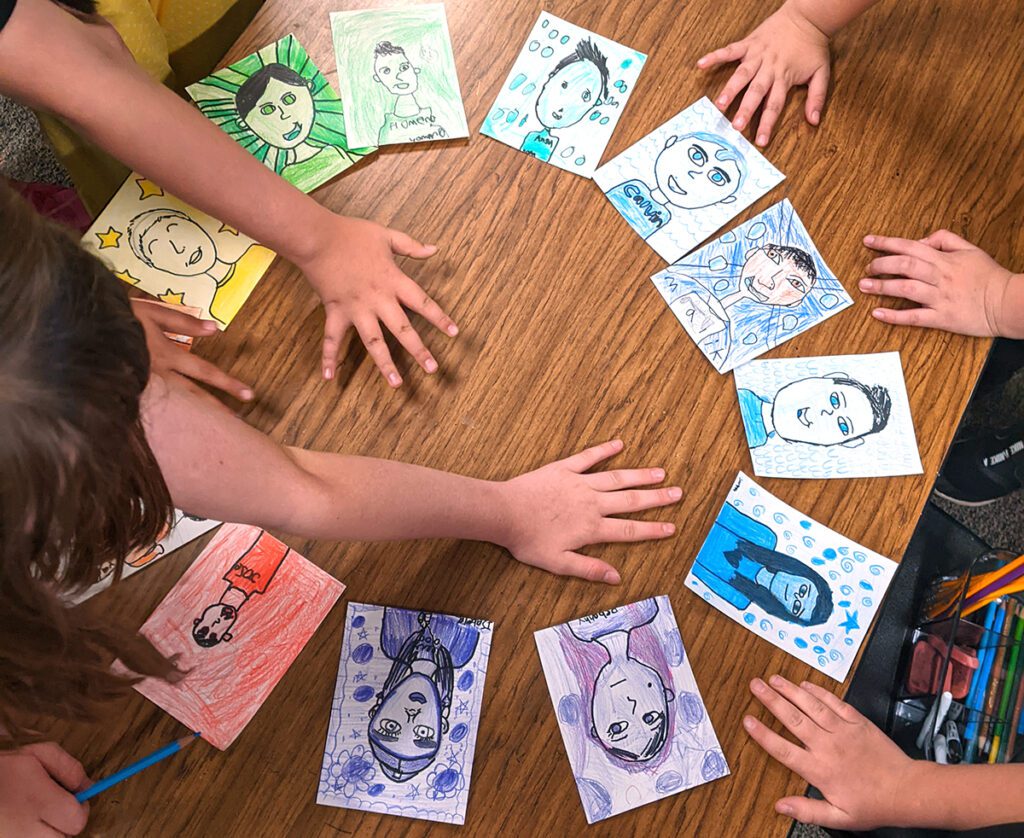
Let’s review some important terms so we can approach this article on the same page.
- Culturally Relevant Pedagogy: Acknowledges the strengths of people’s diverse cultures and empowers them to understand the cultural context in their learning.
- Culture: Specific traditions, art, and beliefs of a group of people or nations.
- Cultural Identity: Self-perception related to nationality, religion, or ethnicity that has its own culture.
- Diversity: Involving people from a range of social and ethnic backgrounds, gender, race, beliefs, countries of origin, sexual orientations, and ages.
In our interconnected world, culturally responsive teaching can bring great benefits to students. Here are four benefits of a culturally responsive art room:
- Creates a welcoming environment.
- Teaches inclusivity.
- Cultivates critical thinking.
- Strengthens students’ cultural identities.
How can we bring this information into the art room? Here are four strategies to help create a culturally responsive art room.
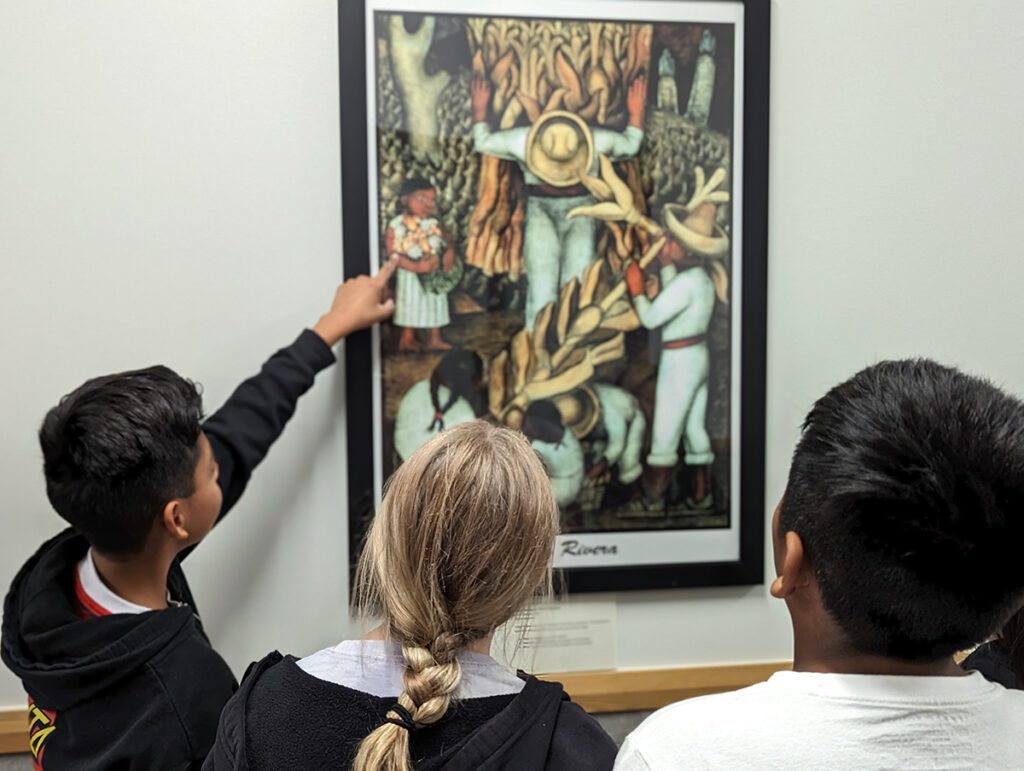
1. Teach global thinking.
When you teach your art lessons, include information from a variety of diverse artists from the past and present. Be sure to review all resources and preview all artists before determining if they are appropriate to share with your students.
For example, when teaching about mural painting, consider including a variety of artists such as:
- Diego Rivera
Rivera emphasized the Mexican working class to honor his nation’s history and diverse population in the early 1900s. His murals established a movement in Mexican and international art. - Sam Kirk
Kirk is a multidisciplinary muralist from Chicago who explores culture and identity. She grew up in a mixed-race family and has always been interested in cultural communities. She was recently listed as one of the top 50 Artists of 2020 in Chicago by New City Magazine. - Jaque Fragua
Fragua is an indigenous artist from New Mexico who incorporates aspects of his Native American heritage into his murals. His murals focus on sharing information about native lands and misappropriation.
Share basic background information about each artist as well as their contributions to art history. In doing so, you will naturally highlight various parts of their lives that may resonate with your students. Incorporating a variety of artists and their backgrounds can also expose students to lives different from their own. A global mindset consisting of multiple perspectives and experiences can help students be more empathetic, accepting, and open to new ideas and ways of doing things, as well as boost confidence in who they are.
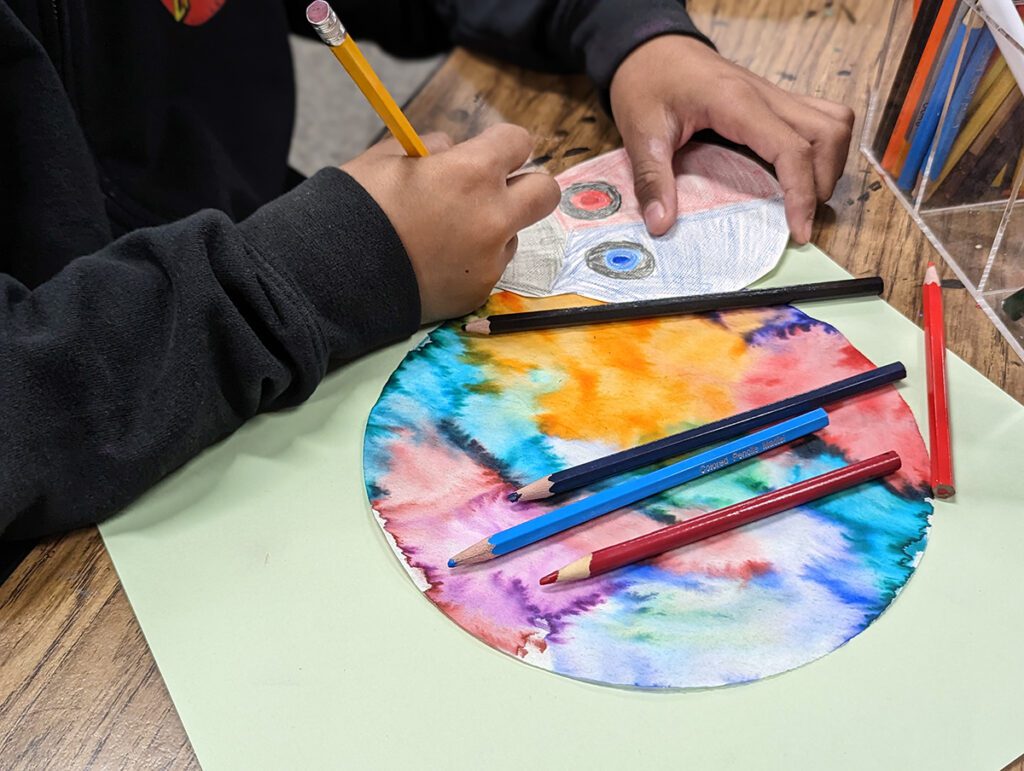
2. Bring aspects of your culture into the art room.
Share your own cultural identity with your students. Your cultural identity can include personal experiences, traditions, and memories. A big part of my own identity is my Norwegian heritage. My family celebrates our culture by preparing special foods, learning about our ancestors, and celebrating Scandinavian holidays. This special part of my life is important to me and I share that with my students. Sharing your own heritage and culture can create positive student-teacher relationships. When students see teachers speaking about things that are important to them, they may be inspired to share their own stories too.
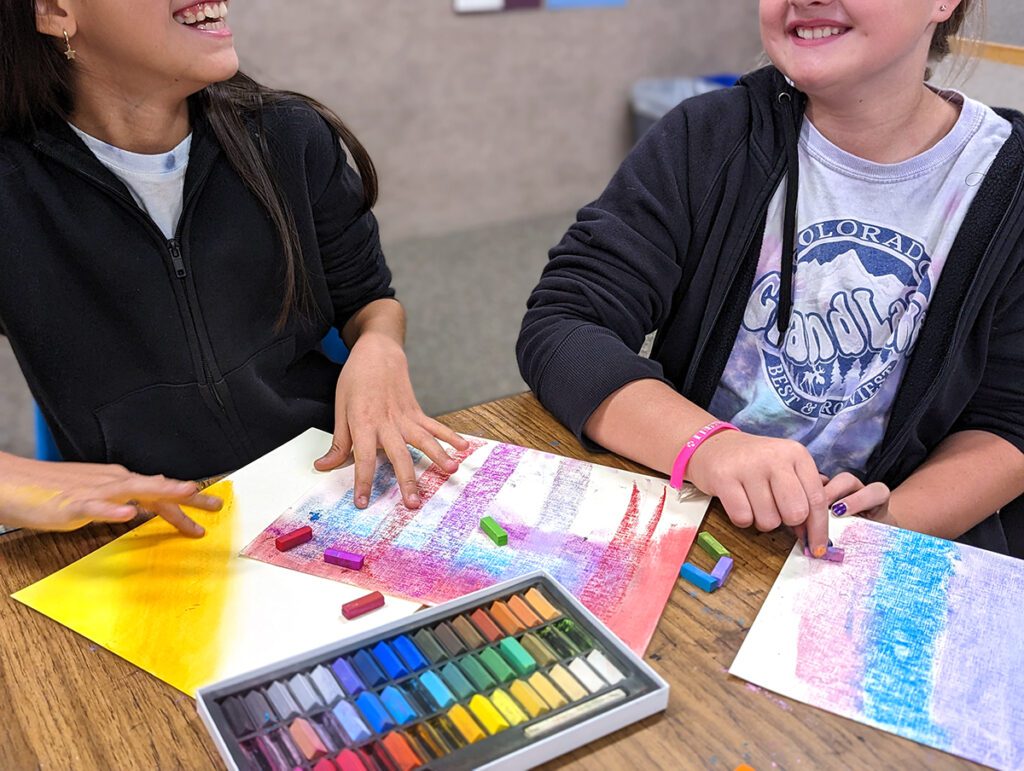
3. Make the art room a safe space.
You can make your art room a welcoming place where students feel comfortable sharing and making art. A safe and welcoming art room does not happen overnight. Take the time now to build positive relationships with your students. When they like and trust you, they may be more likely to open up about who they are and what they value.
Build positive relationships with your students by implementing three strategies:
- Mix up your classroom seating charts often.
This allows students to get to know their peers throughout the year. After swapping seats, students can share something about themselves, such as their favorite food, to “break the ice” with their new elbow partner. This can encourage your students to learn more about each other and create a positive classroom community. - Promote respect.
Some ways to model respect are to learn the correct pronunciation of your students’ names and demonstrate active listening versus listening to respond. When students share out, either as a whole class or in small groups, employ active listening skills such as looking at the speaker and withholding interruptions. - Foster curiosity.
Encourage students to ask questions instead of responding with opinions. Some students may not feel comfortable sharing about their background or culture—and that’s okay! Make sure sharing is optional and start simply through fun topics like favorite movies, books, and animals.
Be mindful that sharing cultural backgrounds can bring up tough topics such as migration, politics, and/or religion. Adhere to all of your district and school guidelines and collaborate with your professional school counselor or an administrator if necessary.
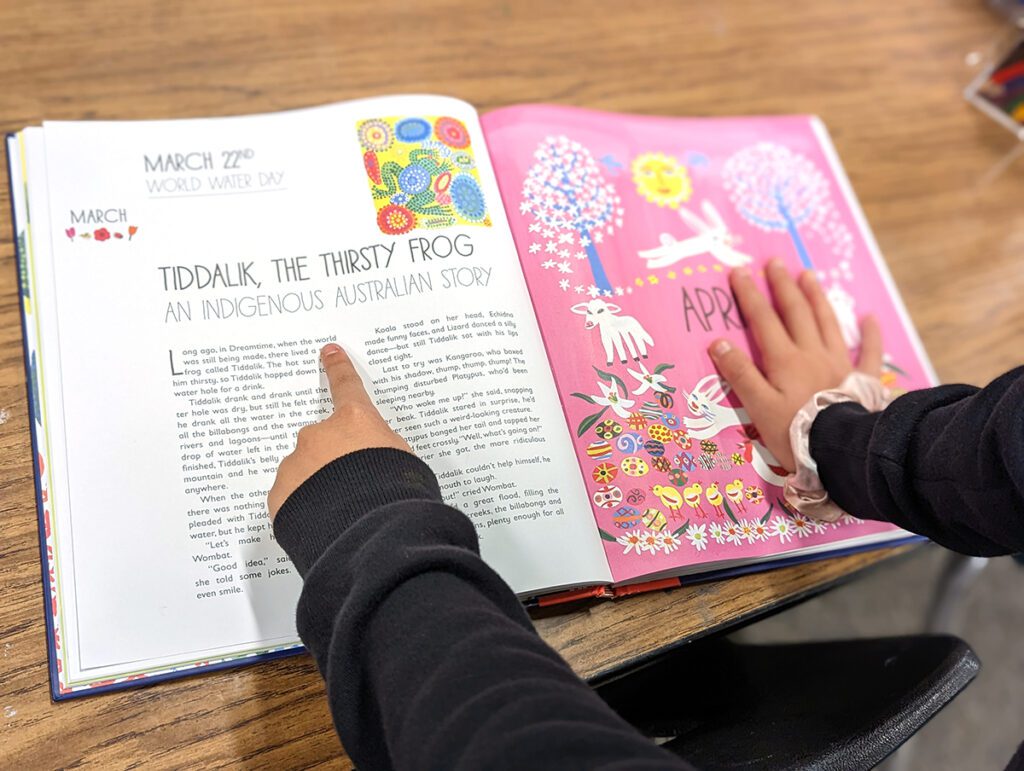
4. Make real-world connections.
Before making real-world connections, you need to know what is in your students’ scope of the world. Ask your administration for data on your school’s demographics to better understand your students’ needs.
One simple way to make real-world connections is by discussing global celebrations and holidays. Highlight special cultural events your students participate in. For instance, if your school demographics revealed your school has a high population of Mexican students, you may choose to incorporate the Day of the Dead. Students who are new to this holiday may learn it centers around families and is a separate holiday from Halloween. Students who celebrate this holiday may want to share their personal stories and experiences with peers.
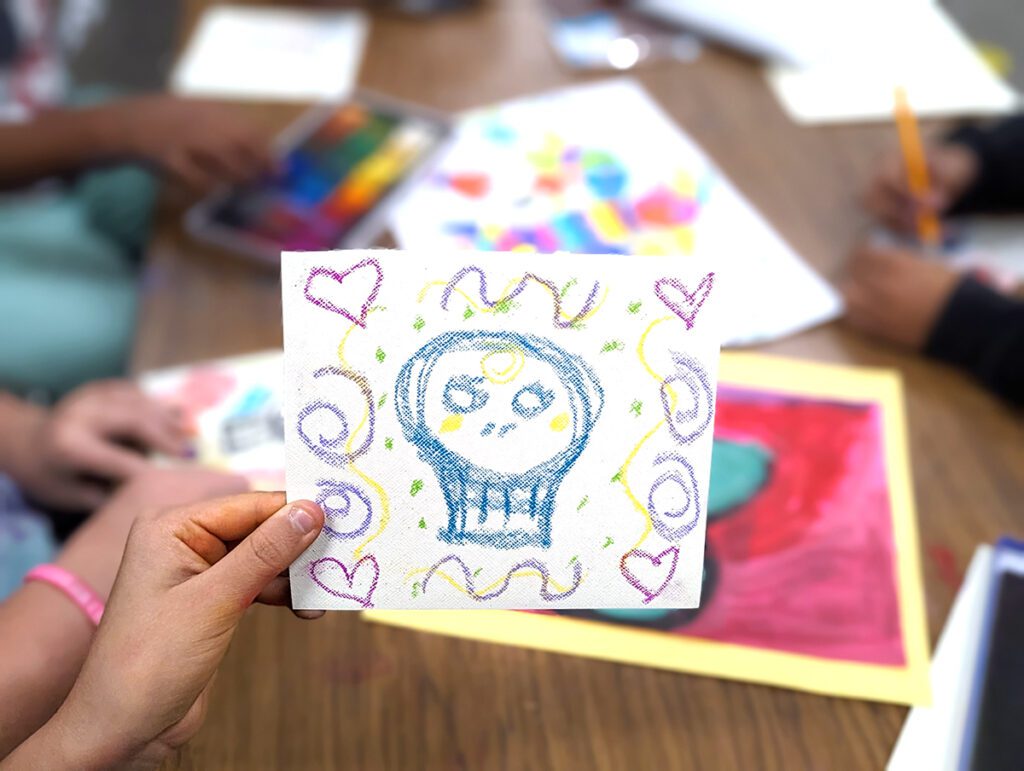
A teacher who is intentional about being culturally responsive can make learning personally meaningful for students. As teachers, we want our students to feel connected, be comfortable in new spaces, and embrace differences. A culturally responsive approach supports students by encouraging inclusivity, empathy, and compassion. Simple ways to do this in your classroom are to include diverse artists from all walks of life, share your own background and experiences when applicable, encourage active listening and asking questions, and relate learning to what your students are familiar with. Start small now for big results and powerful artmaking later!
Check out these resources to further your learning:
- How to be a Culturally Responsive Art Teacher
- 5 Ways to Help Create a Culturally Sensitive Classroom
- What is Critical Race Theory and What Might it Look Like in the Art Room?
What are parts of your own heritage and culture you can bring into your curriculum?
What are some ways you are already integrating a variety of cultures and diverse artists in your classroom?
Magazine articles and podcasts are opinions of professional education contributors and do not necessarily represent the position of the Art of Education University (AOEU) or its academic offerings. Contributors use terms in the way they are most often talked about in the scope of their educational experiences.
